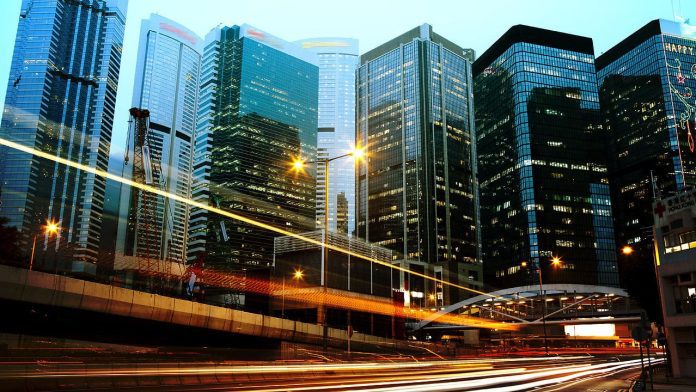South Korean city began its smart city project in 2003, and now monitors transportation and crime prevention efforts.
Anyang, a city of 600,000 people near South Korea’s capital Seoul, has been developing its smart city project since 2003. The initiative began with the bus information system and has been expanding into wider intelligent transport system, and crime and disaster prevention.
Anyang’s Integrated Operation and Control Center currently acts as the platform that gathers, analyzes and distributes information for mobility, disasters management and crime. Anyang is currently using big data for policy development and is making efforts to expand its smart city services into new areas such as waste and air quality management.
The city has deployed an intelligent transport system to provide traffic management and traffic information services. Sensors send real-time traffic information to the control center, which uses the insight to provide information to the public via the internet and mobile applications. Information gathered includes traffic and road conditions, travel times, current location of bus, bus status by routes, bus transit information, bus terminals and route search services.
The city also operates an intelligent crime prevention system, which is connected with the police’s crime reporting center. If a citizen reports a crime through this system, a closed-circuit television can be used to record the situation and a patrol car dispatched to respond to the emergency. Additionally, a vehicle surveillance and tracking system detects and tracks suspect vehicles using the vehicle number detection system.
Anyang was the first city in South Korea to develop a customized application designed to connect individual smartphone users with the local government crime prevention center. Once the app is downloaded and activated, the user’s location is sent to the command center and periodically tracks the user’s real-time location. The app also features an alarm, which is activated by shaking the device.
Anyang’s smart city platform also monitors traffic in real time, and in case of traffic accidents police and fire station are notified to respond to the issue, prevent secondary accidents and minimize traffic congestion. Recorded footage before and after the accident can also be used for analysis in investigating the exact cause of the traffic accident.
The smart city plan also includes initiatives in the energy field, and streetlights and security lights have been switched to light-emitting diode systems to enhance energy efficiency.
In the environmental space, the city has a surveillance system that can detect illegal trash dumping, and the city also operates a road environment watch group comprised of 126 taxi drivers to maintain surveillance on illegal trash dumping.

